Demo Video: Image Transfer
Experimenting with image transfers is often part of an introductory encaustic workshop. They are a fun and relatively easy way to incorporate a design, photograph, or drawing between or on top of layers of encaustic medium. One benefit to doing an image transfer is that it allows you to look down through the painting to the underlying surface below.
TIP: Be sure to work with either an archival ink jet print or a toner-based photocopy, as dye-based prints will run when you add water. If your photocopy involves text, use the mirror-image feature to reverse it so your image transfer isn’t backwards.
While many artists work with found imagery, you can create work that is even more distinctly yours by photocopying your own marks, photographs, designs, or drawings. If you choose to work with found imagery, be sure to select copyright free images that can be found in the public domain.
Step 1: Begin with a smooth recently fused surface. You can work on top of encaustic paint, but be sure to brush a layer or two of encaustic medium on top beforehand so the paint doesn’t bleed through your transfer when you fuse it.
Step 2: Place your image face down on the surface of your painting. Place a sheet of wax paper on top. Burnish with your favorite tool - bone folders and spoons work as well as professional burnishing tools. Every artist has their preference.
Step 3: Once you have thoroughly burnished your image, add water to the back of the paper and gently rub at the paper encouraging it to dissolve. Be careful not to burnish too hard or you will rub the toner off the wax.
Step 4: After you have finished removing the paper, fuse the image transfer lightly. You will see it become white at first as the remaining paper fibers dry in the heat. Gradually the encaustic medium underneath will rise up and grab hold of the paper, allowing the image to become translucent. You can opt to add an additional layer of medium at this point, but it isn’t necessary.

